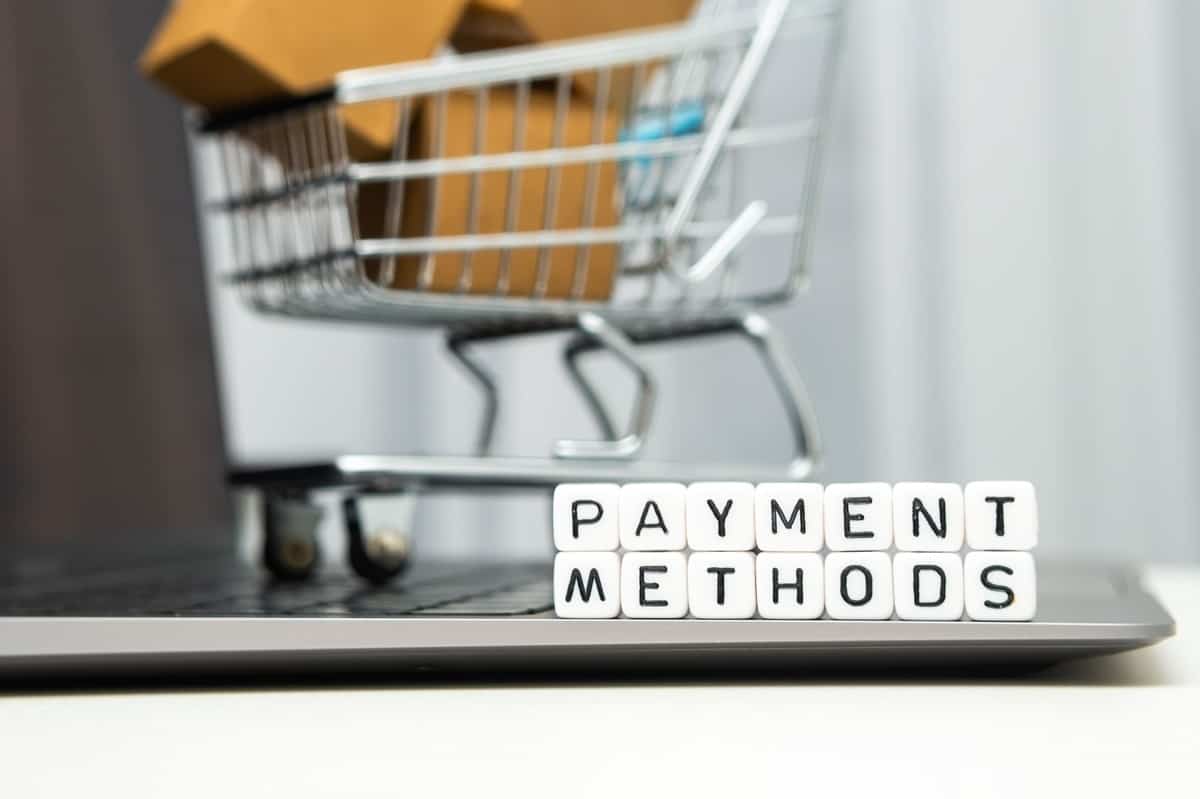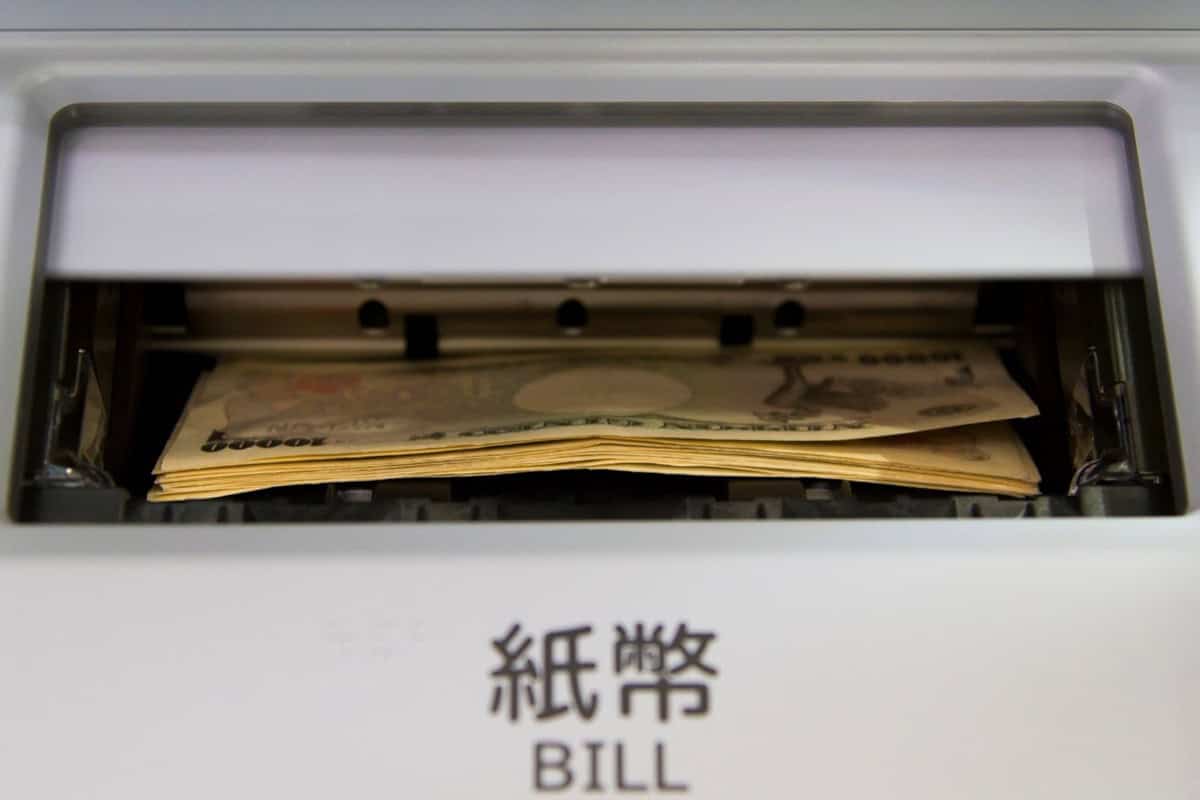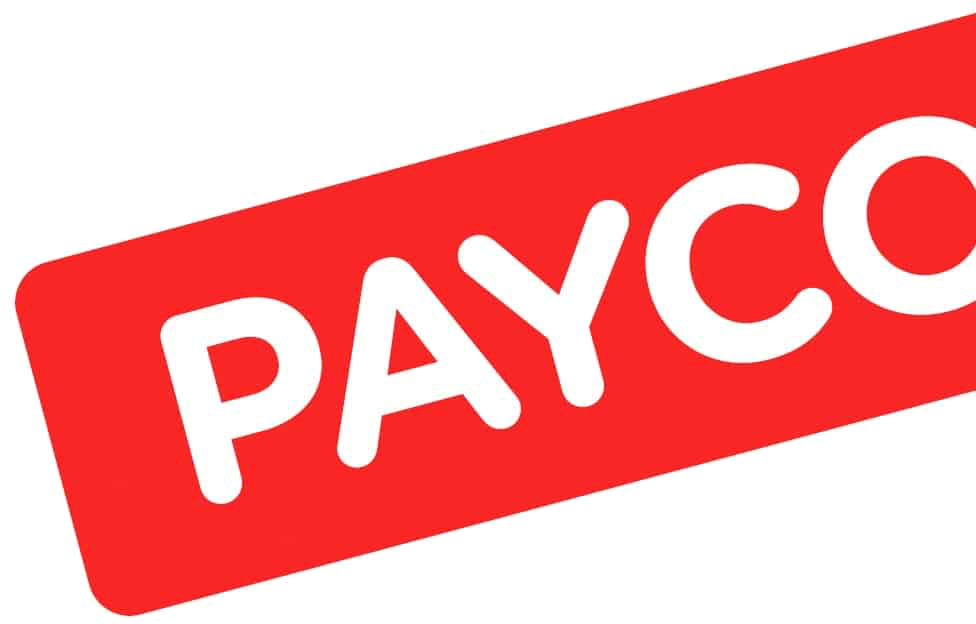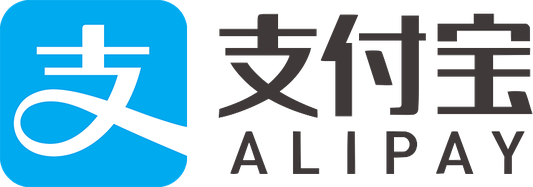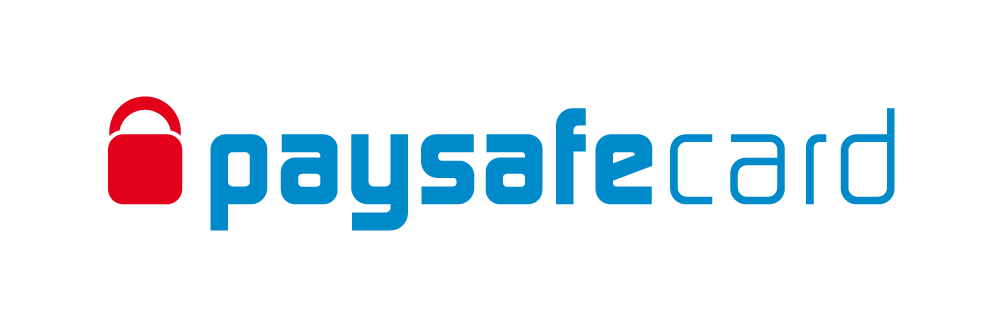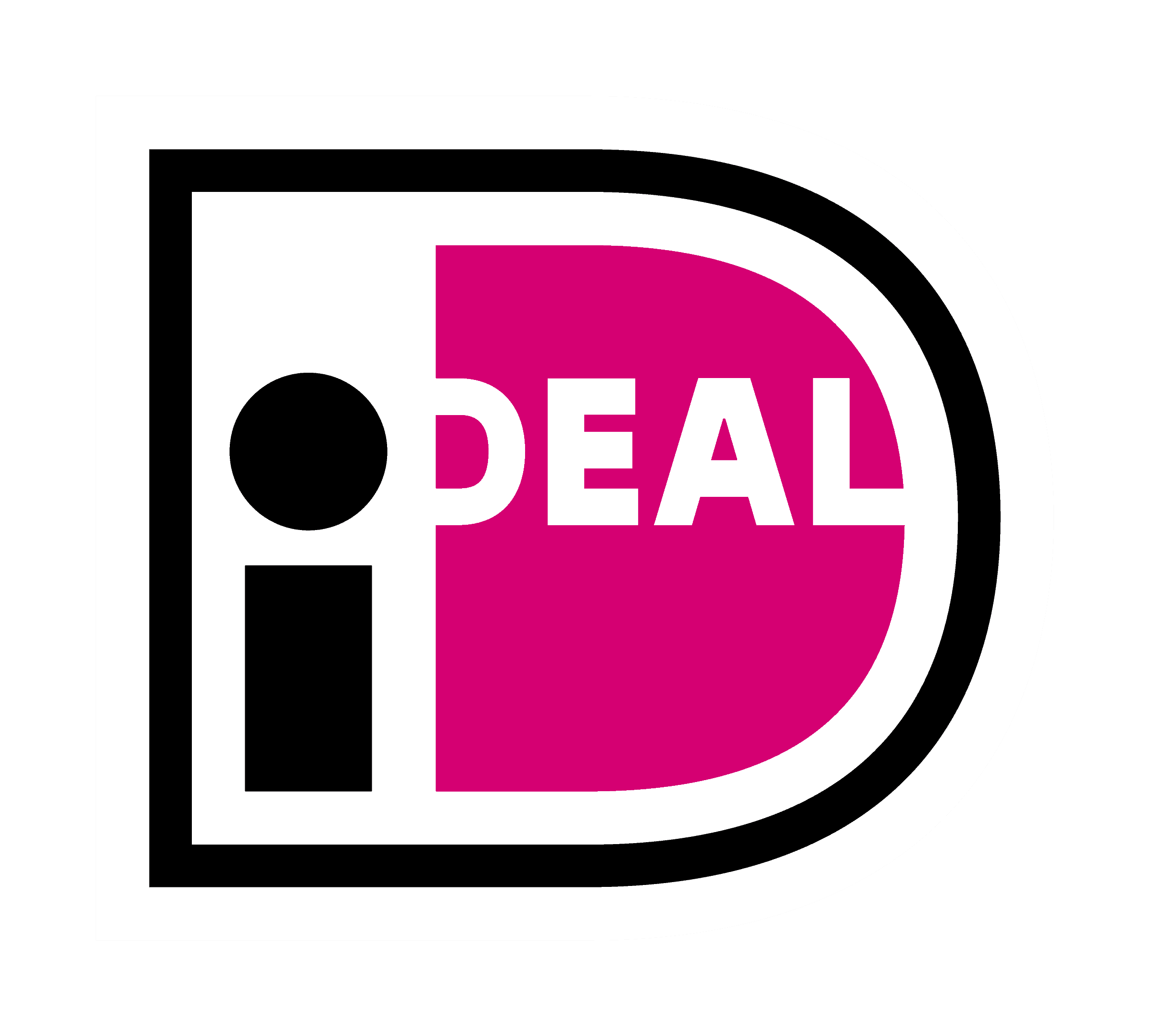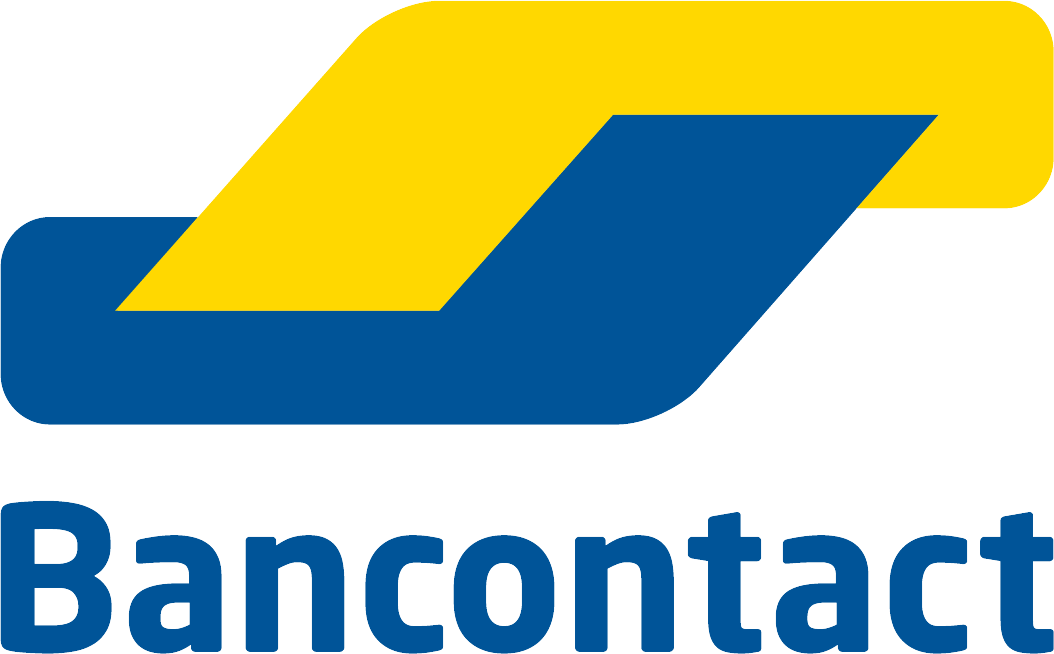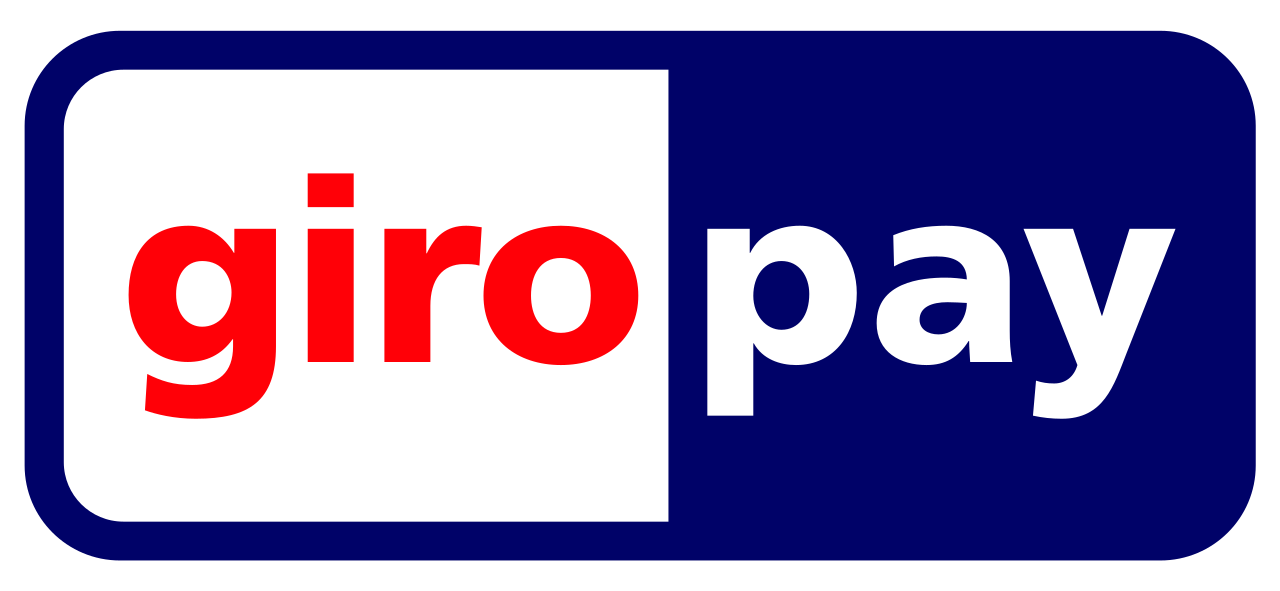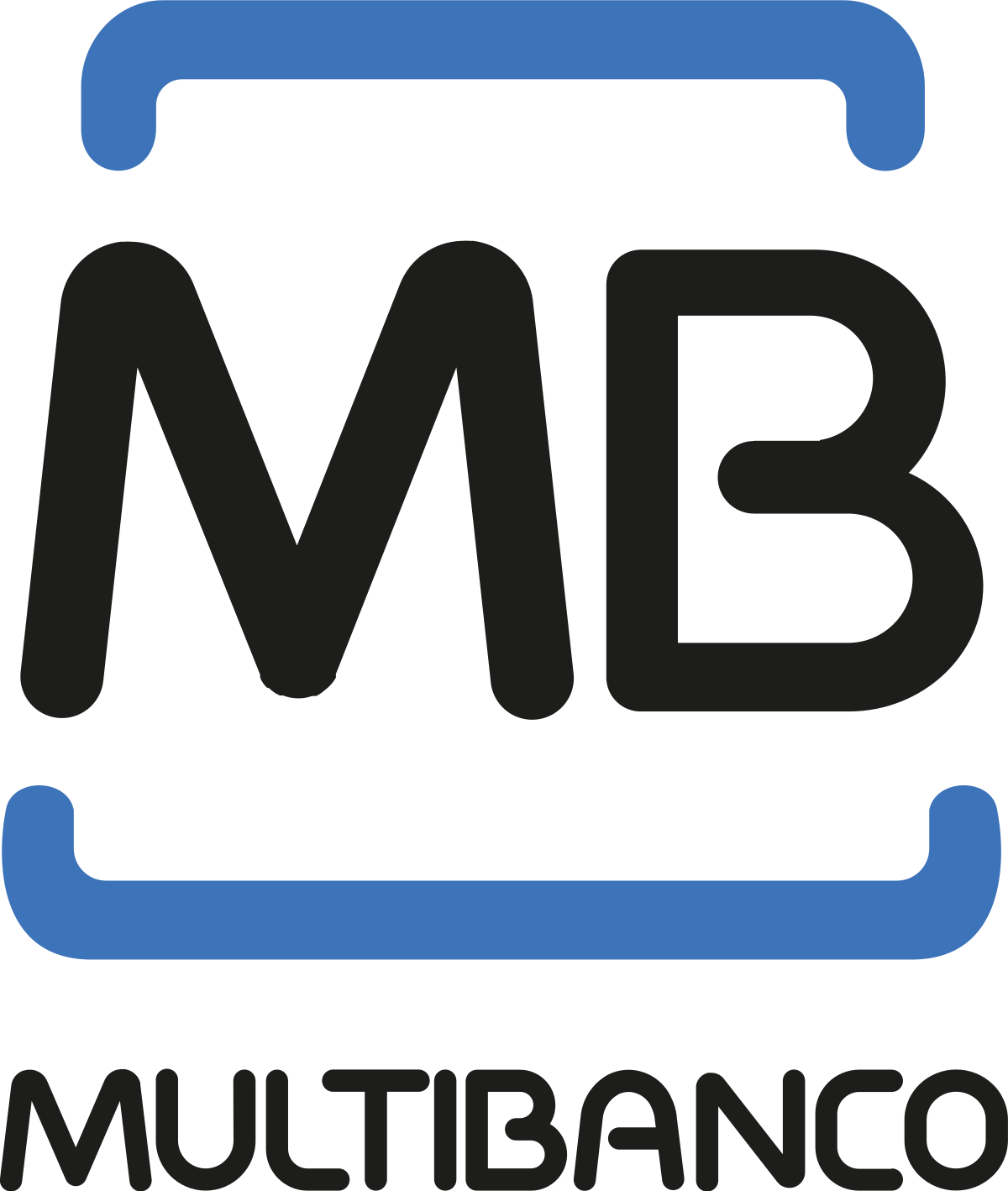
We help businesses accept payments online.
In Japan, prepaid cards, often called prepaid debit or credit cards, have become an increasingly important alternative payment option. Issued by financial institutions like banks and credit unions, these cards resemble standard credit or debit cards but offer consumers without access to those payment methods a convenient and versatile way to make purchases—especially online.
Japan, traditionally a cash-based society, has started shifting towards digital payments. The Japanese government aims to increase the ratio of cashless payments to 40% by 2025 and 80% in the long term, which would be on the scale of China and South Korea.
However, many Japanese consumers still prefer cash for daily transactions. Prepaid cards offer an intermediate solution, and with the widespread use of smartphones, many prepaid cards in Japan are now seamlessly integrated with mobile devices, enabling touch-and-go payments. This feature is especially beneficial in the country’s urban regions like Tokyo and Osaka. According to Spherical Insights, the prepaid cards market in Japan is expected to reach USD 625.9 billion by 2032, with an annual growth rate of 19.4% from 2022 to 2032.
Depending on your customer base, incorporating prepaid cards as a payment method on your site can increase revenue. Integrating these prepaid payment options into your platform can be complex, but this is where KOMOJU plays an essential role. KOMOJU is a leading payment gateway that simplifies incorporating various payment methods, including prepaid cards, into eCommerce platforms. Using KOMOJU, merchants can easily accept payments from various sources, ensuring a smoother and more accessible shopping experience for customers.
In this article, we will explain how prepaid cards work, the current market situation in Japan, and how KOMOJU can help integrate them as an alternative payment method on your eCommerce site.
What is a Prepaid Card?

A prepaid card is a cashless payment method that allows you to make a purchase using funds you have preloaded onto the card. As the name suggests, “prepaid” means you pay in advance, loading money onto the card before using it to buy goods or services. It functions as a digital wallet in card form, making it convenient and easy to carry around.
Differences from Credit Cards
While both prepaid and credit cards are cashless payment methods, they have key differences:
- Screening Process: Credit cards often require a credit check, while prepaid cards do not.
- Age Requirements: In Japan, credit cards are generally restricted to those over 18, whereas prepaid cards are often available to younger users.
- Payment Methods:
- Prepaid Cards: Funds must be loaded onto the card in advance, and you can only spend the amount available on the card.
- Credit Cards: These are postpaid, meaning the credit card company pays for your purchases upfront, and you repay the amount later on a set payment date.
Popularity in Japan
In Japan, the prepaid card market is primarily utilized for:
- General-purpose reloadable cards
- Travel
- Gift cards
- Gaming
- Remittance
According to Yahoo Finance, the prepaid card market in Japan is expected to reach US$274.66 billion by 2028, likely partly driven by some cards that function as digital wallets. This growth reflects a worldwide shift towards cashless payment methods.
However, note that an anticipated decline in business-to-consumer transaction services from ¥12.7 trillion in 2020 to ¥8.9 trillion by 2027 underscores shifts within specific segments of the cashless payment industry.
Gaming is particularly significant, as young adults without credit cards and teens who cannot obtain credit cards often use prepaid cards to purchase games and in-game items. For example, in April 2023, Blackhawk Network Japan KK, a global payments provider, in collaboration with the massively popular online game Roblox, announced the availability of Roblox Gift Cards at Lawson retail outlets nationwide, including Natural Lawson and most Lawson Store 100 locations.
According to Report Ocean, as Japan’s international community grows, there’s an increasing need for convenient and cost-effective ways for foreigners to send money to their families back home. Prepaid cards are a popular alternative to traditional wire transfers and remittance methods, as they can be sent home and used easily, often with lower fees than those charged by banks and other conventional options.
How Do Prepaid Cards Work in Japan?

A prepaid debit card functions similarly to a gift card: it allows you to spend the money stored on it. If the card is for one-time use, it can not be used again.
If the card is rechargeable, you can reload it online, at an ATM, a convenience store, or another physical location when the balance is used up. Prepaid debit cards are issued by banks and branded by major credit card companies, including Visa, MasterCard, Discover, and American Express.
For physical store purchases, present the prepaid card at the checkout counter. Depending on the card type and retailer, you may need to enter a PIN or sign a receipt to complete the transaction. Some prepaid cards support integration with mobile payment apps like Apple Pay or Google Pay. Link the card to the app and use your smartphone for contactless payments at compatible terminals.
Prepaid cards can typically be used for online shopping on websites that accept the card’s network (Visa, Mastercard, etc.). During checkout, simply select the prepaid card as the payment method and enter the card details. Prepaid cards usually work like a debit or credit card (card number, expiry date, and CVV).
Prepaid Card Types

In the West, prepaid cards are often classified as “open-loop” or “closed-loop.” An open-loop card is versatile and universally accepted by merchants within its associated card network, such as Visa, Mastercard, American Express, or Discover. These cards display the network’s logo and may include the name of the issuing financial institution, such as a bank or credit union.
Open loop cards include credit cards, debit cards, gift cards, and prepaid cards, with varying partnership structures. In contrast, closed-loop cards are limited to specific retailers or companies, like department stores, which restricts where they can be used.
This is also true in Japan, but prepaid cards are generally classified into single-use (disposable) and rechargeable cards. Virtual (digital) prepaid cards have also become popular.
Single-Use Prepaid Cards
A disposable prepaid card has a preset amount and cannot be used once the set amount has been spent. For example, a 3,000 yen prepaid card becomes unusable once you spend 3,000 yen. Popular examples include gift cards, Amazon Cards, Steam Cards, etc.
Rechargeable Prepaid Cards
A prepaid card can be recharged at designated locations with cash or from a linked credit card or bank account. Unlike disposable prepaid cards, you can pre-charge your card with any amount and use it multiple times. Common types include transportation IC cards (E/g. Suica, Pasmo), retail cards like “WAON” or “nanaco,” and international brand cards.
Prepaid "Virtual Cards"
A virtual card is a prepaid card designed exclusively for online payments. Since no physical card is issued, it can’t be used for in-store purchases. However, it can be used for online transactions immediately after issuance.
Prepaid Cards in Japan

The prepaid card market in Japan is large and competitive. Some options for consumers include:
Au Wallet: Au Wallet offers a Mastercard prepaid card that can be used online and in-store. It supports Apple Pay, though options for Google Pay may vary. It is available for Au customers (Japanese telecommunications), and can be charged online, through the Au app, at Au stores, and convenience stores.
BitCash: BitCash is popular for web services, including online games, social media networks, and video and music downloads. You can top up your card from the member’s site using internet banking, credit card (Visa, MasterCard), or convenience store payment.
D Card Prepaid: This Mastercard allows for online and in-store purchases and supports Mastercard SecureCode for added security during transactions. It can be linked to “d Points” to earn rewards.
LINE Pay Prepaid Card: LINE Pay offers a virtual Visa prepaid card for online and mobile payments. It can be recharged and linked with Line accounts, supporting transactions with a spending limit.
MobalPay: MobalPay, a Mastercard option, allows for online and in-store payments but does not support cash withdrawals from ATMs. It is accessible without a Japanese phone number or bank account, with initial setup and monthly subscription fees.
NetCash: NetCash is a prepaid electronic money service issued by NTT Card Solutions. It offers a 16-digit ID for safe and convenient transactions. It includes “NET CASH web type” for online use and “NET CASH sheet type” for convenience store purchases.
SoftBank Prepaid Card: The SoftBank Prepaid Card, available to SoftBank customers, is a Visa card usable for online and in-store purchases. Applications are available through the SoftBank app.
Vanilla Visa Gift Card: This one-time prepaid Visa card is available at convenience and drug stores. It can be used online, in physical stores in Japan, and internationally but cannot be recharged.
V-preca: V-preca, issued by Life Card Company, is a virtual Visa card for online shopping. It does not require a bank account and supports multiple cards for a single transaction. It is subject to a maintenance fee if not used regularly and requires 3D Secure authentication for online purchases.
Wise Debit Card: A Mastercard linked to a Wise multicurrency account, this card offers online and in-store payment options. It also offers real, on-the-fly exchange rates for currency conversion. There are no monthly fees for maintaining the account, making it ideal for frequent travelers and international shoppers.
WebMoney: WebMoney is a popular prepaid payment option in Japan. The service offers one-time-use tickets as well as a rechargeable prepaid card option. Prepaid cards can be charged via convenience stores, credit cards, and banks.
Advantages & Disadvantages of Prepaid Cards
Below, we examine the advantages and disadvantages of prepaid cards.
Advantages of Prepaid Cards
- No Credit Check Required: Prepaid cards are accessible to everyone, including individuals with poor credit history, as they do not require a credit check.
- No Age Restrictions: These cards can be obtained and used by people of all ages, making them ideal for children and teenagers with parental consent.
- Budget Control: Users can only spend the preloaded amount, which helps them manage their finances and prevent overspending, a common issue with credit cards.
- Convenience of Purchase and Recharge: Prepaid cards can be easily purchased and recharged at convenience stores across Japan, offering accessibility and convenience to users.
- Convenient for Pocket Money: Parents can give their children pocket money through prepaid cards, teaching them financial responsibility and monitoring their spending habits.
Disadvantages of Prepaid Cards
- No Installment Payments: Prepaid cards do not offer installment payment options, making them unsuitable for large purchases that must be paid over time.
- Limited Regular Payments: They cannot be used for regular payments such as monthly internet charges or utility bills, which typically require credit or debit cards.
- Fees Apply: While prepaid cards generally have no annual fees, they may incur fees for issuance, reloading, and sometimes for inactivity. These fees can add up over time.
- Responsibility for Theft or Loss: The responsibility primarily falls on the holder if a prepaid card is lost or stolen. Unlike credit cards, there may be limited recourse for recovering lost funds.
- Lower Consumer Protections: Compared to credit cards, prepaid cards may offer fewer protections against fraud and disputes, leaving users vulnerable to phishing scams and other fraudulent activities.
How to Put Money on a Prepaid Card?
In Japan, several convenient methods exist to recharge a prepaid card, depending on its type and provider. Here’s how you can add funds to a rechargeable prepaid card:
- Convenience Stores (konbini): Most prepaid cards can be recharged with cash at convenience store registers across Japan or at a dedicated terminal.
- Bank ATMs: Many banks in Japan offer ATM services that allow you to recharge your prepaid card directly from your bank account.
- Online Bank Transfers: Some prepaid cards support reloading directly from a linked bank account. You can transfer funds to your card quickly and securely using online banking services.
- Credit Card Transfers: Certain prepaid cards allow you to recharge using a linked credit card. This method is useful for immediate fund availability and can often be done through the card issuer’s website or app.
- Transfer Points: Some prepaid card programs allow you to transfer points accumulated from purchases or promotions directly onto your card, effectively adding value without monetary transactions.
Preloaded cards, already funded with a designated amount, can be used immediately upon issuance. Users can start making purchases or payments online or in-store without additional steps.
Summary
In Japan, prepaid cards are versatile tools for facilitating simple digital payments, catering to a growing preference for cashless transactions. They offer flexibility and convenience, particularly appealing to cash users, those without credit cards, and teens seeking online purchasing options.
Using KOMOJU, businesses can easily incorporate prepaid cards as a payment option, supporting Japan’s push towards cashless payments. KOMOJU simplifies prepaid card integration, enhances your eCommerce platform with diverse payment options, and potentially broadens your customer base, driving growth.
If you want to explore Japanese prepaid wallets including BitCash, Webmoney and Netcash in a free testing environment, sign up for free with KOMOJU or contact the KOMOJU sales team to learn more about integrating Japanese prepaid into your eCommerce setup.
FAQs
You can only spend what you have loaded onto the card. If there are insufficient funds, the transaction will be declined. Some individuals specifically choose prepaid cards to prevent overspending. However, note that some cards, similar to digital wallets, can link bank accounts or credit cards for automatic top-ups.
Prepaid cards provide budget control by limiting spending to preloaded amounts and not requiring bank account ties, appealing to those without access to traditional credit cards. They also offer convenient payment options, ideal for frequent cashless transaction users or travelers.
Moreover, prepaid cards are widely used for online shopping, especially by those avoiding credit cards. Parents also favor them for managing their child’s spending habits.
A prepaid card is loaded with a fixed amount of money in advance. In contrast, a debit card directly accesses funds from a linked checking account. Unlike debit cards, prepaid cards prevent overspending by limiting purchases to the loaded amount without risking overdraft fees associated with bank accounts.
Prepaid cards may not be accepted at some locations in Japan due to varying reasons, including:
- Insufficient Funds: If the prepaid card does not have enough funds to cover the transaction amount.
- Incorrect or Expired Information: Errors in card details or expiration dates may prevent successful transactions.
- Security or Policy: Some merchants may have policies against accepting prepaid cards due to perceived security risks.
Prepaid cards may also not be accepted at some locations in Japan simply because the merchant does not accept that specific type or brand of prepaid card.
No. While some prepaid cards can be ordered for free, they require sufficient funds to complete transactions. The transaction will be declined if a prepaid card has no balance or insufficient funds to cover a purchase.

We help businesses accept payments online.

